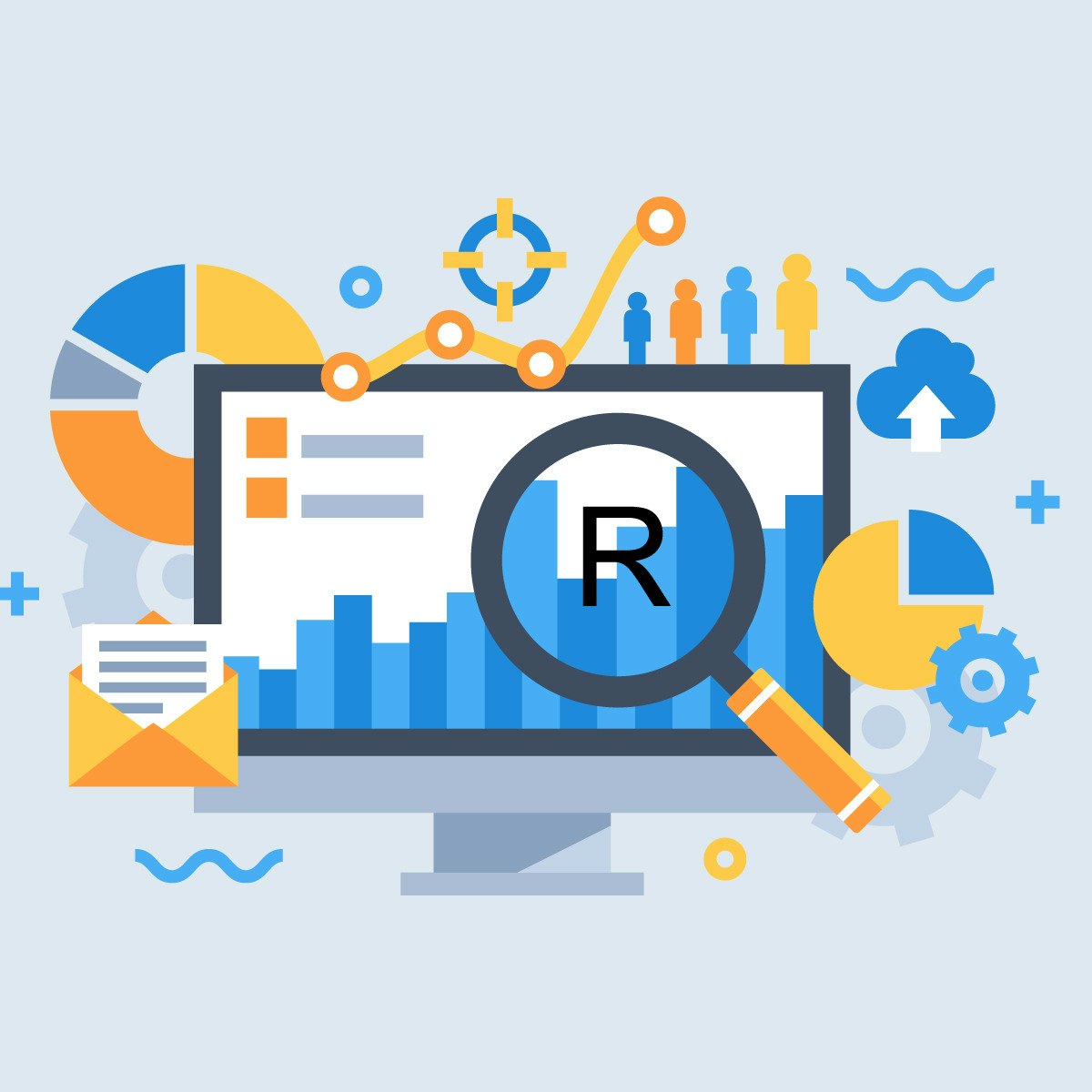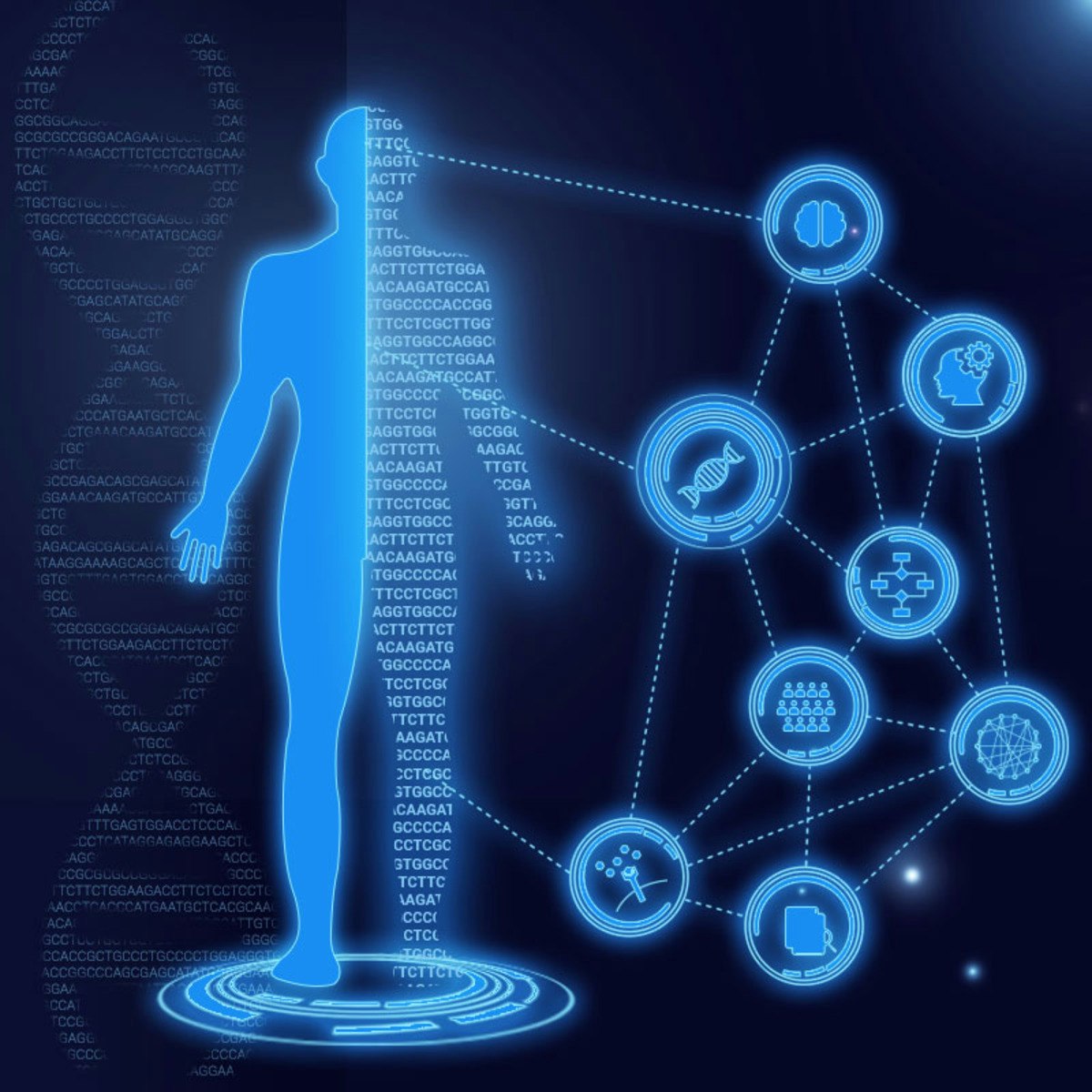Back to Courses









Data Analysis Courses - Page 87
Showing results 861-870 of 998

Tools and Practices for Addressing Pandemic Challenges
An overview of the tools, techniques, and practices that can be enacted by policy makers, countries, and organizations to monitor, manage, and react to pandemics and mitigate and govern their impacts.
An introductory, multidisciplinary course covering data science, social science, healthcare, and management, paving the way to various courses on specific matters.
This course is part of the research project 'Pan-European Response to the Impacts of the COVID-19 and future Pandemics and Epidemics' (PERISCOPE, https://www.periscopeproject.eu/). Funded by the European Commission Research Funding programme Horizon 2020 under the Grant Agreement number 101016233, PERISCOPE investigates the broad socio-economic and behavioural impacts of the COVID-19 pandemic, to make Europe more resilient and prepared for future large-scale risks.

Charts, Pictures, Themes, and Styles in Microsoft Excel
By the end of this project, you will create a free account on Microsoft 365, get access to Microsoft Excel, and will create a workbook with charts, pictures, themes, and styles. Your new skills will help you manage information in Microsoft Excel in the most efficient way.

Data Visualization with R
In this course, you will learn the Grammar of Graphics, a system for describing and building graphs, and how the ggplot2 data visualization package for R applies this concept to basic bar charts, histograms, pie charts, scatter plots, line plots, and box plots. You will also learn how to further customize your charts and plots using themes and other techniques. You will then learn how to use another data visualization package for R called Leaflet to create map plots, a unique way to plot data based on geolocation data. Finally, you will be introduced to creating interactive dashboards using the R Shiny package. You will learn how to create and customize Shiny apps, alter the appearance of the apps by adding HTML and image components, and deploy your interactive data apps on the web.
You will practice what you learn and build hands-on experience by completing labs in each module and a final project at the end of the course.
Watch the videos, work through the labs, and watch your data science skill grow. Good luck!
NOTE: This course requires knowledge of working with R and data. If you do not have these skills, it is highly recommended that you first take the Introduction to R Programming for Data Science as well as the Data Analysis with R courses from IBM prior to starting this course. Note: The pre-requisite for this course is basic R programming skills.

NoSQL systems
Welcome to the specialization course of NoSQL Systems.
This course will be completed on six weeks, it will be supported with videos and exercises that will allow you to identify the differences between the relational and NoSQL databases.
As part of these alternative technologies the student will learn the main characteristics and how to implement the typical NoSQL databases, such as Key-value, columnar, document and graph.
Let's start!
After completing this course, a learner will be able to
● Identify what type of NoSQL database to implement based on business requirements (key-value, document, full text, graph, etc.)
● Apply NoSQL data modeling from application specific queries
● Use Atomic Aggregates and denormalization as data modelling techniques to optimize query processing
Software to download:
MongoDB
Neo4j
SAPIQ
Cassandra
In case you have a Mac / IOS operating system you will need to use a virtual Machine (VirtualBox, Vmware).

Data Visualization with Tableau Project
In this project-based course, you will follow your own interests to create a portfolio worthy single-frame viz or multi-frame data story that will be shared on Tableau Public. You will use all the skills taught in this Specialization to complete this project step-by-step, with guidance from your instructors along the way. You will first create a project proposal to identify your goals for the project, including the question you wish to answer or explore with data. You will then find data that will provide the information you are seeking. You will then import that data into Tableau and prepare it for analysis. Next you will create a dashboard that will allow you to explore the data in depth and identify meaningful insights. You will then give structure to your data story by writing the story arc in narrative form. Finally, you will consult your design checklist to craft the final viz or data story in Tableau. This is your opportunity to show the world what you’re capable of - so think big, and have confidence in your skills!

Data Science in Stratified Healthcare and Precision Medicine
An increasing volume of data is becoming available in biomedicine and healthcare, from genomic data, to electronic patient records and data collected by wearable devices. Recent advances in data science are transforming the life sciences, leading to precision medicine and stratified healthcare.
In this course, you will learn about some of the different types of data and computational methods involved in stratified healthcare and precision medicine. You will have a hands-on experience of working with such data. And you will learn from leaders in the field about successful case studies.
Topics include: (i) Sequence Processing, (ii) Image Analysis, (iii) Network Modelling, (iv) Probabilistic Modelling, (v) Machine Learning, (vi) Natural Language Processing, (vii) Process Modelling and (viii) Graph Data.
Watch the course promo video here: http://edin.ac/2pn350P

RStudio for Six Sigma - Monte Carlo Simulation
In this 2-hour long project-based course, you will learn how to
1. Generate Continuous, Discrete and Categorical Data (Xs) Using Statistical Distributions
2. Create A Transfer Function That Relates The Xs With The Y (Dependent Variable)
3. Perform Monte Carlo Simulation & Sensitivity Analysis Using RStudio
Note: This course works best for learners who are based in the North America region. We’re currently working on providing the same experience in other regions.

Bank Loan Approval Prediction With Artificial Neural Nets
In this hands-on project, we will build and train a simple deep neural network model to predict the approval of personal loan for a person based on features like age, experience, income, locations, family, education, exiting mortgage, credit card etc.
By the end of this project, you will be able to:
- Understand the applications of Artificial Intelligence and Machine Learning techniques in the banking industry
- Understand the theory and intuition behind Deep Neural Networks
- Import key Python libraries, dataset, and perform Exploratory Data Analysis.
- Perform data visualization using Seaborn.
- Standardize the data and split them into train and test datasets.
- Build a deep learning model using Keras with Tensorflow 2.0 as a back-end.
- Assess the performance of the model and ensure its generalization using various Key Performance Indicators (KPIs).
Note: This course works best for learners who are based in the North America region. We’re currently working on providing the same experience in other regions.

Algebra: Elementary to Advanced - Equations & Inequalities
This course is intended for students looking to create a solid algebraic foundation of fundamental mathematical concepts from which to take more advanced courses that use concepts from precalculus, calculus, probability, and statistics. This course will help solidify your computational methods, review algebraic formulas and properties, and apply these concepts model real world situations. This course is for any student who will use algebraic skills in future mathematics courses. Topics include: the real numbers, equalities, inequalities, polynomials, rational expressions and equations, graphs, relations and functions, radicals and exponents, and quadratic equations.

Business Analytics for Decision Making
In this course you will learn how to create models for decision making. We will start with cluster analysis, a technique for data reduction that is very useful in market segmentation. You will then learn the basics of Monte Carlo simulation that will help you model the uncertainty that is prevalent in many business decisions. A key element of decision making is to identify the best course of action. Since businesses problems often have too many alternative solutions, you will learn how optimization can help you identify the best option. What is really exciting about this course is that you won’t need to know a computer language or advanced statistics to learn about these predictive and prescriptive analytic models. The Analytic Solver Platform and basic knowledge of Excel is all you’ll need. Learners participating in assignments will be able to get free access to the Analytic Solver Platform.
Popular Internships and Jobs by Categories
Browse
© 2024 BoostGrad | All rights reserved


